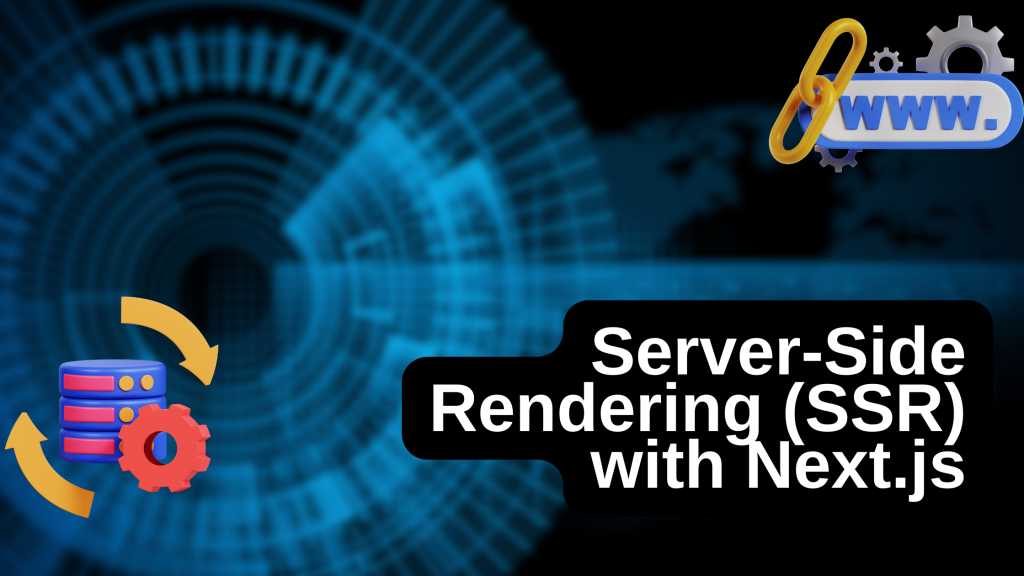Single page applications (SPAs) are everywhere. Even if you’re not exactly sure what they are, you most likely use them regularly — they’re a great tool for making incredibly engaging and unique experiences for website users.
A single page application is a website or web application that dynamically rewrites a current web page with new data from the web server, instead of the default method of a web browser loading entire new pages.
it’s worth breaking down the basic principles of a single-page app. This is meant to be a high level overview and not a technical deep dive on any specific platform.
Web browsers work using a traditional client-server model. A web browser (the client) sends a request for some page to a web host (the server). The server sends back some HTML to the web browser. That HTML includes structured text along with links to other files such as images, CSS, JavaScript, etc. The combination of the HTML, along with these other files, allows the web browser to render a meaningful web page for the user.
And thus the world turns. You click a link, your web browser sends the request to the server, and the server sends back some HTML. Every response back from the server is the full HTML document required to render a web page.
A single-page app breaks this paradigm. The web browser sends the initial request and still gets back some HTML. But the response from the server is just a bare bones HTML document with no real content. On its own, this HTML is generic and doesn’t represent anything specific about the web site.
Instead, it contains a handful of placeholder elements, along with some links to JavaScript files. These JavaScript files are the heart and soul of the single-page app. Once loaded, they send back requests to the server to fetch content, and then dynamically update the HTML in the web browser to create a meaningful web page.
By all outward appearances, the application behaves like a traditional web site. The user sees HTML with images and buttons and interacts the exact same way. But under the hood things are very much different.
This piece-by-piece, client-side method makes load times much faster for users. It also lessens the amount of information a server has to send and makes the whole process a lot more cost-efficient — a win-win scenario for users and businesses.
Conclusion
Single-page applications (SPAs) have transformed how modern websites are built and experienced. By breaking away from the traditional page-by-page reloading model, SPAs offer faster, smoother, and more interactive user experiences. Instead of constantly fetching full HTML pages from the server, SPAs rely on JavaScript to dynamically update content, making them feel more like native apps than traditional websites. While they come with added complexity and some SEO considerations, their benefits in performance and usability make SPAs a powerful approach for building modern web applications.



